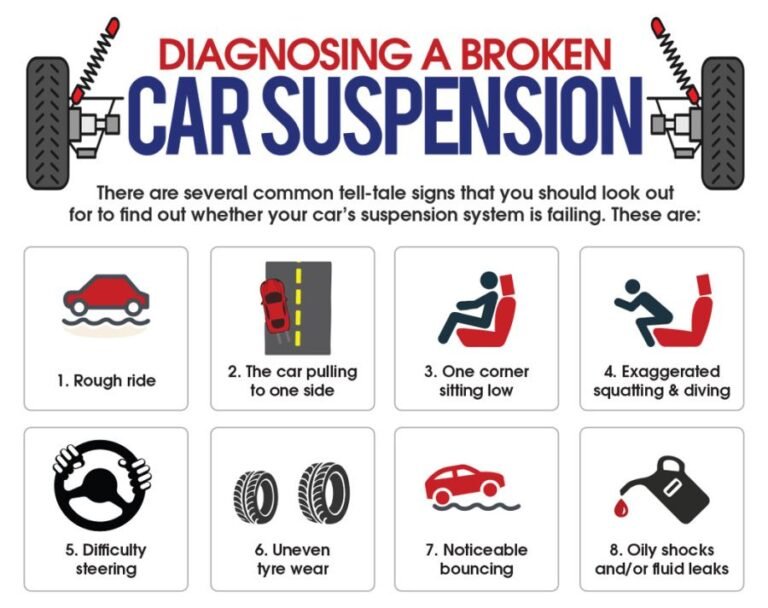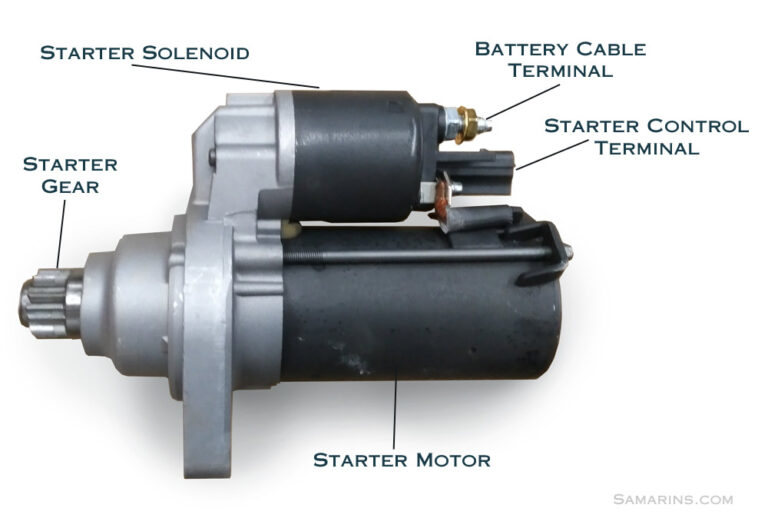How to Change a Flat Tire : Easy Tips for Quick Fix
As a driver, finding yourself with a flat tire is inconvenient, but it’s also a good opportunity to showcase your resourcefulness. Learning how to change a flat tire is an essential skill that can save you time and money. Here’s a simple guide to help you navigate this common road predicament.
Materials and Tools You’ll Need
Before you hit the road, it’s crucial to ensure that you have all the necessary materials and tools in your car. These include:
| Materials | Tools |
|---|---|
| Spare tire | Lug wrench |
| Car jack | Wheel wedges |
| Gloves | Flashlight |
| Fluorescent safety triangles | Owner’s manual |
Step-by-Step Guide to Changing a Flat Tire
Now, let’s walk through the step-by-step process of changing a flat tire.
1. Find A Safe Spot
When you realize you have a flat tire, it’s important to find a safe location to pull over. Look for a flat, straight stretch of road with a wide shoulder. Avoid hills and curves, as they can make the situation more dangerous.
2. Use Your Hazard Lights
Warn other drivers about your situation by turning on your hazard lights. This will help ensure your safety as you work on changing the tire.
3. Apply The Parking Brake
Before attempting to change the tire, engage the parking brake to prevent your vehicle from rolling. Place wheel wedges in front of or behind the tires to further secure the car in place.
4. Remove Hubcap And Loosen Lug Nuts
Use the flat end of the lug wrench to remove the hubcap. Then, use the wrench to loosen the lug nuts on the flat tire. Do not remove the lug nuts completely at this stage.
5. Lift The Vehicle
Position the jack under the vehicle frame next to the tire you are going to change. Consult the owner’s manual for the precise location. Carefully raise the vehicle with the jack until the flat tire is a few inches off the ground.
6. Replace The Flat Tire
Completely remove the loosened lug nuts and, holding onto the tire, pull it gently towards you to remove it from the wheel base. Align the spare tire with the wheel studs, then push it gently onto the studs to secure it in place.
7. Lower The Vehicle
Use the jack to lower the vehicle until the spare tire touches the ground, but the full weight of the vehicle is not yet on the tire.
8. Tighten The Lug Nuts
Carefully tighten the lug nuts in a star pattern, ensuring that the spare tire is properly secured to the wheel base. Use your lug wrench to tighten the lug nuts as much as possible in the star pattern.
9. Lower The Vehicle Completely
Finally, lower the vehicle completely to the ground and remove the jack. Now, you can put the hubcap back on and stow all the materials and tools used in the tire change.
10. Check The Tire Pressure
Using a pressure gauge, check the air pressure in the spare tire to ensure it is at the recommended level. If needed, add air to the tire to reach the proper pressure.
11. Safe Driving
Once you’ve changed the flat tire, drive to the nearest service center to have the flat tire repaired or replaced. Remember that spare tires are typically not as durable as regular tires, so it’s important to get your original tire fixed as soon as possible.
Frequently Asked Questions On How To Change A Flat Tire : Easy Tips For Quick Fix
How Do I Know If I Have A Flat Tire?
To find out if you have a flat tire, look for signs like a sudden loss of tire pressure, unusual vibration, or difficulty in steering.
What Tools Do I Need To Change A Flat Tire?
For changing a flat tire, you will need a spare tire, car jack, lug wrench, and a flashlight.
How Can I Safely Park My Car When I Have A Flat Tire?
Park your car on a flat surface away from traffic, engage the parking brake, and turn on your hazard lights to ensure safety while changing the tire.
How Do I Remove The Lug Nuts From The Flat Tire?
With the lug wrench, turn the lug nuts counterclockwise until they loosen and can be easily removed by hand.
Conclusion
Changing a flat tire is a skill that all drivers should have in their arsenal. By following these simple steps and practicing the process, you can confidently handle a flat tire situation when it arises. Remember to always prioritize safety and preparedness when it comes to car maintenance and unexpected road incidents.
Now that you’re equipped with this knowledge, you can hit the road with confidence, knowing that you have the ability to handle a flat tire like a pro!



